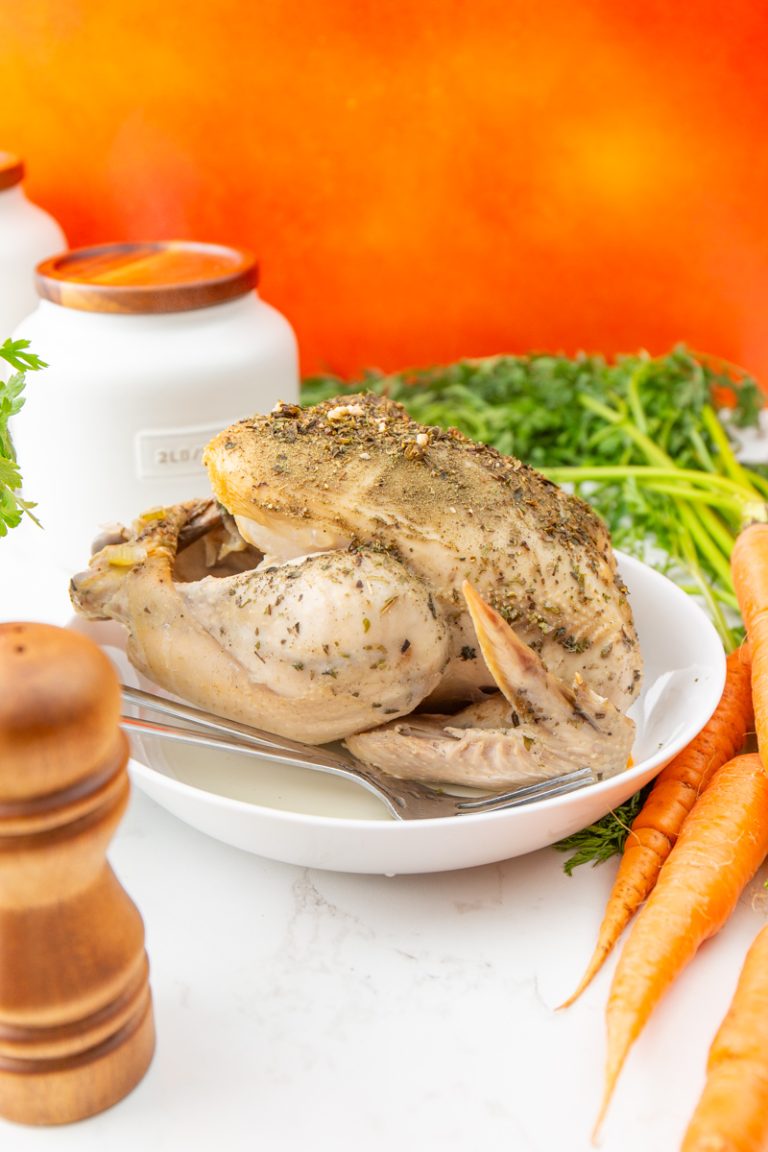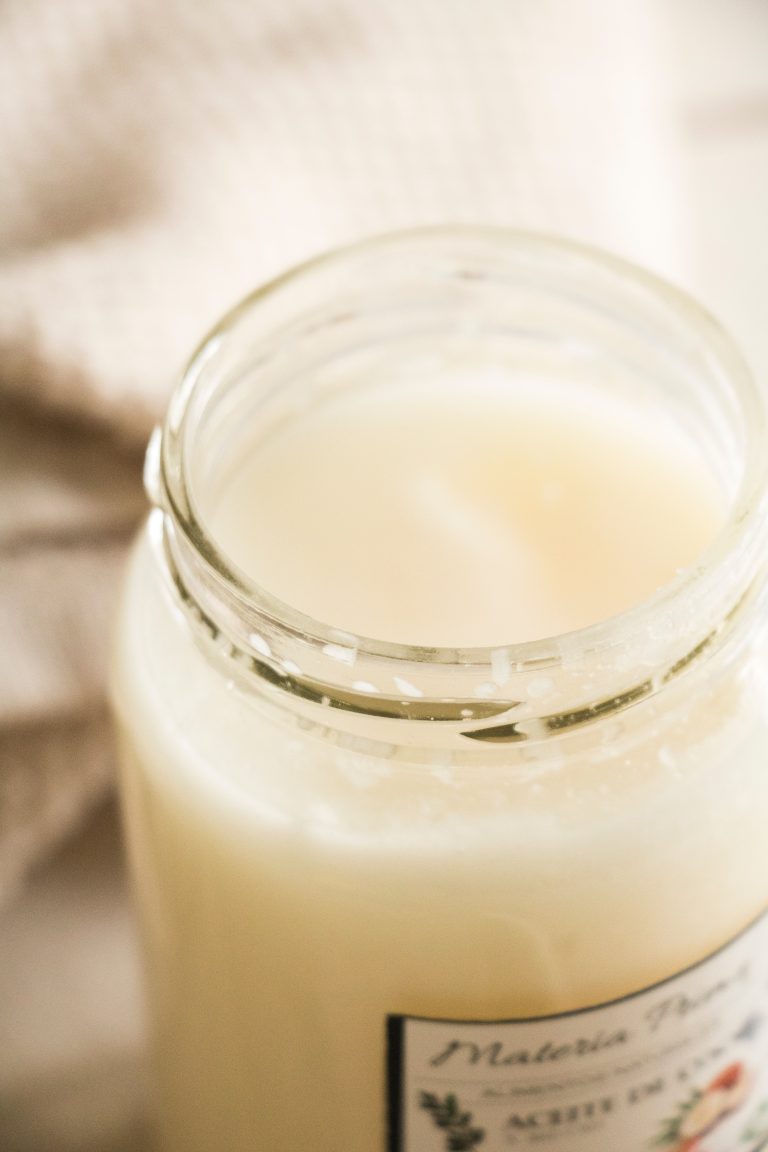12 Herbal Remedies for Common Ailments
This post contains links to affiliate websites, such as Amazon, and we receive an affiliate commission for any purchases made by you using these links. We appreciate your support!
Using herbs and plants for natural remedies is a time-tested practice that can provide relief for common ailments. Here are some easy-to-grow herbs and plants, along with information on how to use them and what they can help with:

Mint:
- How to Grow: Mint is a hardy herb that grows well in both pots and gardens. It thrives in partial shade with moist soil.
- How to Use: Mint leaves can be used to make soothing teas. Simply steep a handful of fresh leaves in hot water. Mint tea is excellent for indigestion, headaches, and relaxation.
- Benefits: It can help with digestive issues, alleviate headaches, and promote relaxation.
Oregano:
- How to Grow: Oregano is a low-maintenance herb that grows well in well-drained soil and full sun.
- How to Use: Oregano leaves can be used in cooking to add flavor to dishes. You can also make oregano tea by steeping dried oregano leaves for a fragrant herbal infusion.
- Benefits: Oregano has antibacterial properties and may help with digestive problems and respiratory issues.
Rosemary:
- How to Grow: Rosemary prefers well-drained soil and full sun. It can be grown in pots or in the garden.
- How to Use: Fresh rosemary sprigs can be used in cooking to add flavor to dishes. You can also make rosemary-infused oil for massages or aromatherapy.
- Benefits: Rosemary is known for its memory-enhancing properties, and it can also aid in digestion and reduce stress.
Chamomile:
- How to Grow: Chamomile is a gentle, easy-to-grow herb that thrives in full sun and well-drained soil.
- How to Use: Chamomile flowers can be dried and used to make a calming tea. Steep a few dried flowers in hot water for relaxation and better sleep.
- Benefits: Chamomile tea is great for promoting relaxation, relieving anxiety, and aiding in digestion.
Ginger:
- How to Grow: While ginger is typically grown from rhizomes, it can also be grown indoors in pots. It prefers well-draining soil and indirect sunlight.
- How to Use: Fresh ginger can be sliced or grated and added to hot water to make ginger tea. It’s excellent for relieving nausea, motion sickness, and cold symptoms.
- Benefits: Ginger has anti-inflammatory properties and is a natural remedy for nausea and digestive discomfort.
Lavender:
- How to Grow: Lavender thrives in well-drained soil and full sun. It can be grown in gardens or pots.
- How to Use: Lavender flowers can be dried and used to make lavender tea or sachets. Lavender essential oil can be used for aromatherapy to promote relaxation and reduce stress.
- Benefits: Lavender is known for its calming effects and can help with anxiety, insomnia, and headaches.
Lemon Balm:
- How to Grow: Lemon balm is a hardy herb that thrives in well-drained soil and partial shade.
- How to Use: The leaves of lemon balm can be used to make a refreshing tea that helps with anxiety and sleep disorders. It can also be added to salads and dishes for a lemony flavor.
- Benefits: Lemon balm is known for its calming effects, making it useful for reducing stress, anxiety, and insomnia.
Thyme:
- How to Grow: Thyme is a versatile herb that grows well in well-drained soil and full sun.
- How to Use: Fresh thyme leaves can be added to various dishes for flavor. Thyme tea can be made by steeping dried thyme leaves and is known to help with respiratory issues and sore throats.
- Benefits: Thyme has antibacterial properties and can assist in relieving coughs and congestion.
Peppermint:
- How to Grow: Peppermint is a vigorous herb that grows well in rich soil and partial to full sun.
- How to Use: Peppermint leaves can be used to make a refreshing tea that aids digestion, alleviates headaches, and eases respiratory congestion. It can also be used topically for headache relief.
- Benefits: Peppermint is excellent for soothing digestive discomfort, reducing headaches, and opening up congested airways.
Basil:
- How to Grow: Basil prefers well-drained soil and full sun. It can be grown in pots or gardens.
- How to Use: Fresh basil leaves are a staple in Mediterranean cuisine. They can also be used to make basil-infused oil for massages and aromatherapy.
- Benefits: Basil is known for its anti-inflammatory properties and can help with indigestion and stress reduction.
Echinacea:
- How to Grow: Echinacea, also known as purple coneflower, prefers well-drained soil and full sun.
- How to Use: Echinacea is commonly used in herbal remedies to boost the immune system and alleviate cold and flu symptoms. It can be prepared as a tea or taken in supplement form.
- Benefits: Echinacea is believed to enhance the body’s ability to fight off infections and reduce the severity of colds and respiratory infections.
Calendula:
- How to Grow: Calendula, also known as pot marigold, thrives in well-drained soil and full sun.
- How to Use: Calendula flowers can be used to make soothing skin salves and creams. Calendula tea can also be consumed to help with digestive issues.
- Benefits: Calendula is known for its anti-inflammatory and skin-soothing properties, making it ideal for treating minor skin irritations and promoting healthy digestion.
Remember to research and consult with experts when using herbs for medicinal purposes, especially if you have any health concerns or are pregnant or nursing. These herbs can be a wonderful addition to your natural remedy toolkit, but they should complement, not replace, professional medical advice and treatment when needed.
Reputable Sources for More Information
- National Institutes of Health (NIH) – National Center for Complementary and Integrative Health (NCCIH):
- Website: https://nccih.nih.gov/
- The NCCIH provides evidence-based information on herbs, botanicals, and other complementary health approaches.
- University of Maryland Medical Center – Center for Integrative Medicine:
- Website: https://www.umms.org/ummc
- The University of Maryland Medical Center offers information on herbs and supplements, including their uses and potential benefits.
- The Herb Society of America:
- Website: https://www.herbsociety.org/
- This organization is dedicated to promoting the knowledge and use of herbs for various purposes, including medicinal and culinary.
- American Botanical Council (ABC):
- Website: https://www.herbalgram.org/
- ABC provides extensive resources on herbal medicine, including research, publications, and educational materials.
- Books and Publications:
- Books authored by experts in herbalism and natural remedies can be valuable sources of information. Look for titles like “The Encyclopedia of Herbal Medicine” by Andrew Chevallier or “The Complete Medicinal Herbal” by Penelope Ody.
- Consulting an Herbalist or Naturopath:
- If you’re considering using herbs for specific health concerns, it’s a good idea to consult with a trained herbalist or naturopathic doctor who can provide personalized guidance and recommendations.






